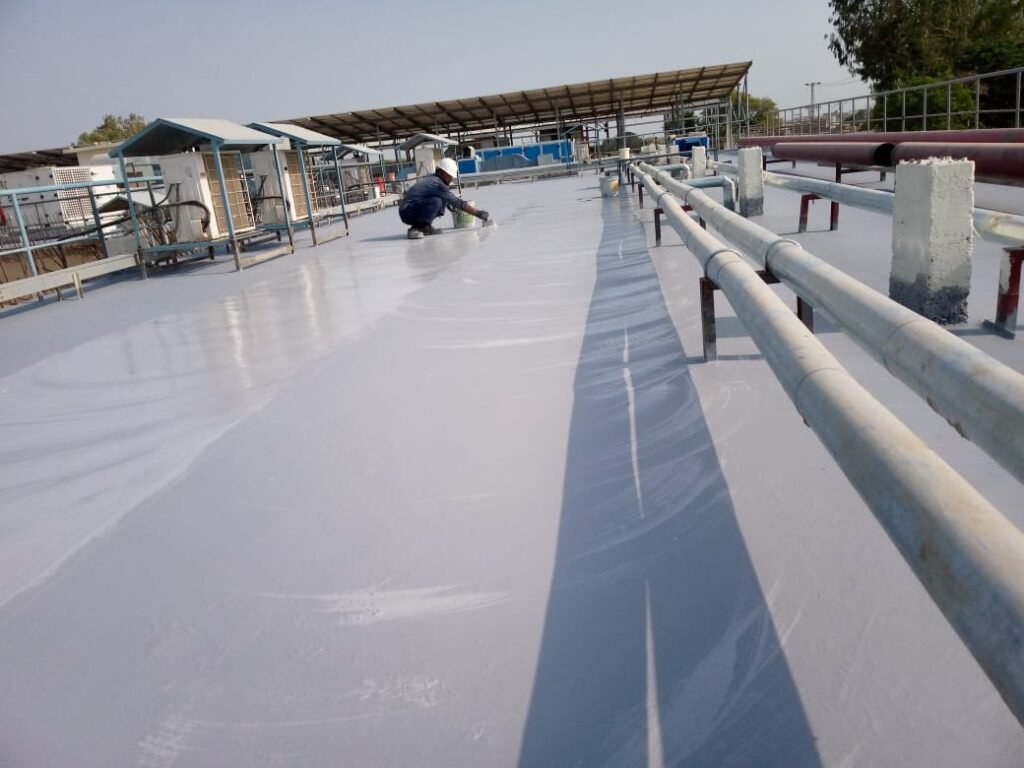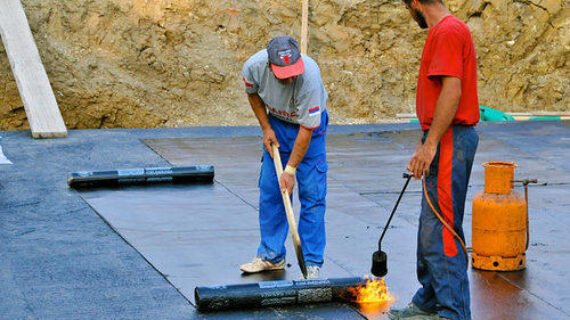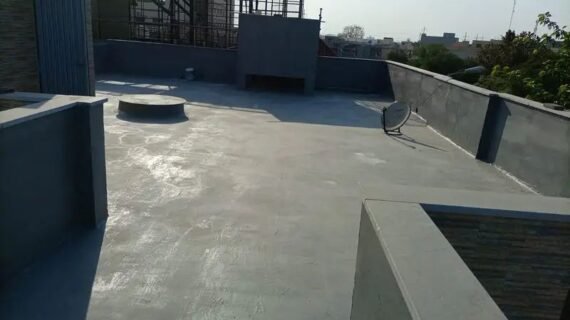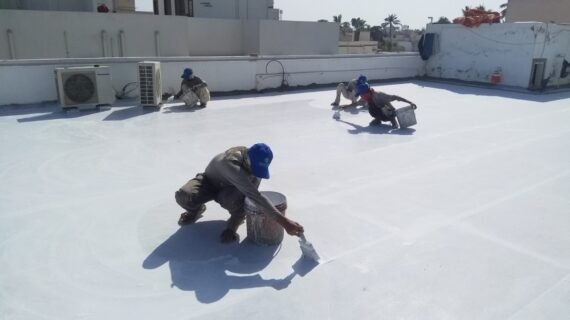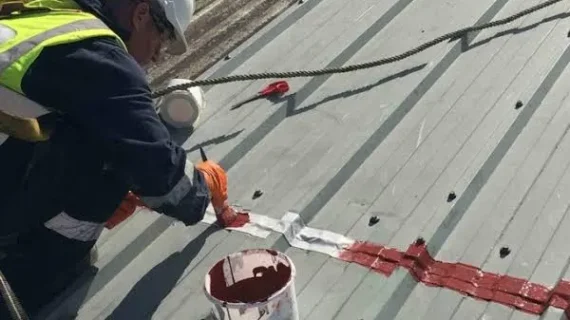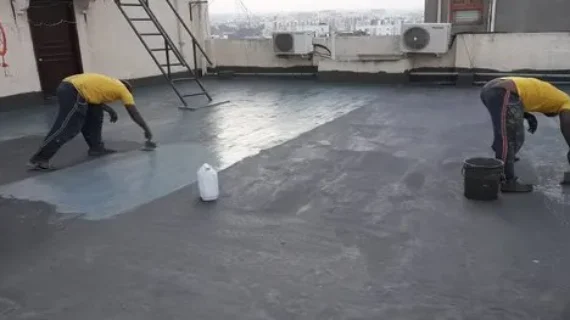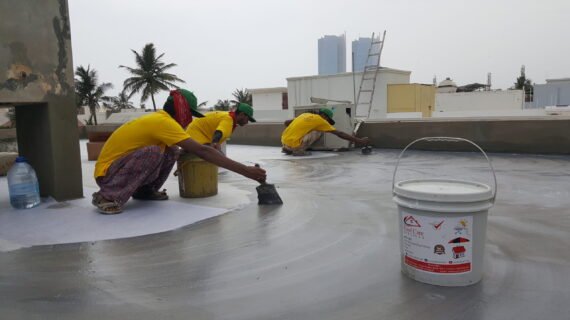Roof waterproofing services in smartcity
Roof Waterproofing Services in Smart City: A Comprehensive Guide
In an era where urbanization and technological advancements are reshaping our lives, the importance of maintaining sustainable and resilient infrastructure cannot be overstated. One of the most critical aspects of any building’s longevity and safety is its roof. In Smart City, where the climate can be unpredictable and harsh, roof waterproofing services play a pivotal role in protecting buildings from the damaging effects of water intrusion.
The Importance of Roof Waterproofing
Roof waterproofing is essential in ensuring the durability and structural integrity of a building. In areas like Smart City, where the weather can range from intense heat to heavy rainfall, a well-waterproofed roof is the first line of defense against water damage. Without proper waterproofing, buildings are susceptible to leaks, mold growth, and even structural failure. These issues can lead to costly repairs, health hazards, and a significant reduction in property value.
Understanding Roof Waterproofing
Roof waterproofing is the process of applying protective layers and materials to the roof to prevent water from penetrating the building. The process typically involves using specialized waterproofing membranes, sealants, and coatings that create a barrier against water. This barrier ensures that water cannot seep into the building’s structure, thereby preventing leaks and other forms of water damage.
There are various types of roof waterproofing systems available, each designed to cater to different types of roofs and building requirements. Some of the most common roof waterproofing methods include:
- Liquid Waterproofing Membrane: This method involves applying a liquid-based coating that dries to form a seamless, rubber-like membrane. It is highly flexible and can be used on various types of roofs.
- Bituminous Coating: Bituminous coatings are made from bitumen, a sticky, black, and highly viscous liquid. These coatings provide excellent waterproofing properties and are often used on flat roofs.
- Thermoplastic Membranes: Thermoplastic membranes are made from materials like PVC or TPO. They are heat-welded at the seams to create a durable, watertight seal.
- EPDM Rubber: EPDM (ethylene propylene diene terpolymer) is a synthetic rubber membrane known for its durability and resistance to extreme weather conditions. It is commonly used on flat and low-slope roofs.
- Polyurethane Liquid Membrane: Polyurethane is a versatile waterproofing material that can be applied as a liquid. It forms a seamless membrane that is highly resistant to water and UV rays.
The Roof Waterproofing Process
The roof waterproofing process involves several steps, each crucial to ensuring the effectiveness of the waterproofing system. Here is a detailed overview of the typical roof waterproofing process:
- Inspection and Assessment: The first step in the roof waterproofing process is a thorough inspection of the roof. This involves assessing the condition of the roof, identifying any existing leaks or damage, and determining the most suitable waterproofing method.
- Surface Preparation: Before applying any waterproofing materials, the roof surface must be cleaned and prepared. This may involve removing debris, dirt, and loose materials, as well as repairing any cracks or damaged areas.
- Application of Waterproofing Membrane: Once the surface is prepared, the chosen waterproofing membrane is applied. The application method will depend on the type of membrane being used. For example, liquid membranes are typically applied using rollers or brushes, while sheet membranes are laid out and heat-welded at the seams.
- Curing: After the waterproofing membrane is applied, it must be allowed to cure. Curing times vary depending on the type of membrane used but typically range from a few hours to a few days. During this time, the membrane hardens and forms a durable, watertight seal.
- Final Inspection: Once the membrane has cured, a final inspection is conducted to ensure that the waterproofing system is properly installed and functioning as intended. This may involve water testing to check for leaks or weak points.
Benefits of Roof Waterproofing in Smart City
Roof waterproofing offers numerous benefits, especially in an urban environment like Smart City. Some of the key advantages include:
- Protection Against Water Damage: The primary benefit of roof waterproofing is its ability to prevent water from penetrating the building. This protects the structure from leaks, mold growth, and other forms of water damage.
- Enhanced Durability: Waterproofing extends the lifespan of the roof by protecting it from the damaging effects of water, UV rays, and temperature fluctuations. This means fewer repairs and lower maintenance costs over time.
- Energy Efficiency: Waterproofing materials often have reflective properties that help reduce heat absorption. This can lead to lower energy costs by reducing the need for air conditioning, especially during the hot summers in Smart City.
- Improved Indoor Air Quality: By preventing leaks and mold growth, roof waterproofing helps maintain a healthier indoor environment. This is particularly important in Smart City, where air quality is a growing concern.
- Increased Property Value: A well-maintained and waterproofed roof can significantly increase the value of a property. Buyers are more likely to invest in a building that has been properly protected against water damage.
Choosing the Right Roof Waterproofing Service
Selecting the right roof waterproofing service in Smart City is crucial to ensuring the longevity and effectiveness of the waterproofing system. Here are some tips to help you choose the right service provider:
- Experience and Expertise: Look for a company with a proven track record in roof waterproofing. Experienced contractors are more likely to provide high-quality workmanship and reliable results.
- Quality Materials: Ensure that the service provider uses high-quality waterproofing materials. The effectiveness of the waterproofing system depends largely on the quality of the materials used.
- Comprehensive Warranty: A reputable roof waterproofing service should offer a comprehensive warranty on their work. This provides peace of mind knowing that the service provider stands behind their work and will address any issues that may arise.
- Customer Reviews and Testimonials: Check customer reviews and testimonials to gauge the satisfaction of previous clients. Positive reviews are a good indicator of the service provider’s reliability and professionalism.
- Customized Solutions: Every roof is unique, and the waterproofing solution should be tailored to meet the specific needs of the building. Choose a service provider that offers customized solutions based on a thorough assessment of your roof.

